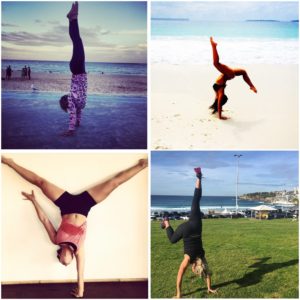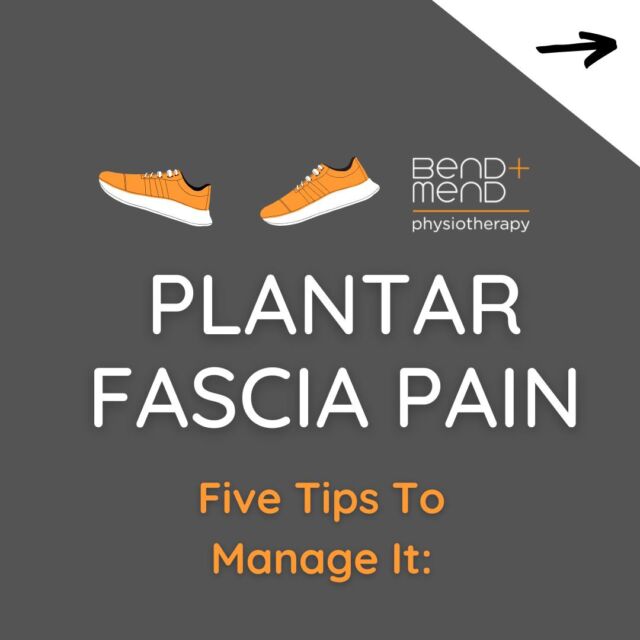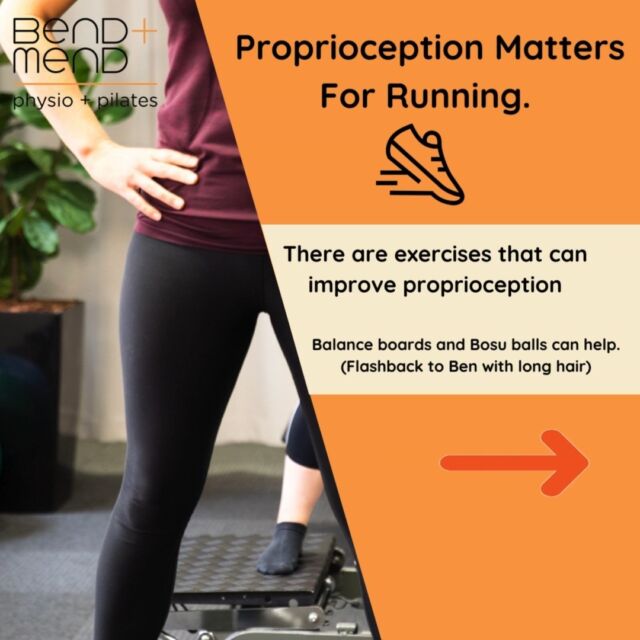 Handstands are a very unnatural movement and are rarely performed except in the CrossFit and gymnastics realms. The main goal is to have enough strength in the shoulders to do a freestanding handstand and of course a free-stand handstand push up. BUT this takes a lot practice with the right amount of strength, stability and motor control to achieve this! A good stepping-stone to achieve this is to break the movement down with the support of a wall; you could also have a friend hold your feet.
Handstands are a very unnatural movement and are rarely performed except in the CrossFit and gymnastics realms. The main goal is to have enough strength in the shoulders to do a freestanding handstand and of course a free-stand handstand push up. BUT this takes a lot practice with the right amount of strength, stability and motor control to achieve this! A good stepping-stone to achieve this is to break the movement down with the support of a wall; you could also have a friend hold your feet.
The handstand is a great movement to infuse into your training to help increase you shoulder girdle stability and motor control in both static and dynamics environments. In order to improve as an athlete it’s important to include different ways of challenging your strength and motor control. Basically the more training tools an athlete has the better and more stable they will become. Handstands are a great technique that will aid your athleticism, and even more importantly it will tell you about your capability in reorganising your shoulders and trunk in a new position!
- Position your hands about 20cm from the wall; brace yourself as you would with a regular handstand and kick up with your feet against the wall. Keep your fingers nice and spread out, lock the elbows, butt squeezed, keeping the legs together, toes pointed, pelvis balanced over ribcage and your armpits turned forward.
- Screwing you hands into the floor, unlock the elbows and slowly lower your head to the ground. As you lower down try to keep your forearms vertical, elbows in tight to your body, and your back and legs aligned.
- As you press out of the bottom position and lockout your arms, keep those armpits forward.
A good way to regress this movement is by using something soft like a sit up pad, or a gym mat folded over on top of a weight plate. The higher the stack the smaller the range of motion and therefore EASIER. As you improve you can remove the layers and do a full range static handstand push up!
The faults that occur in a handstand push up are the exact same faults that occur in an overhead press if you have not set your core properly, that is, ribcage flared, head up, elbows pointing out, and shoulders forward.
Once you have mastered the supported handstand and supported handstand push up you can then progress to more complex movements, which require more motor control and coordination with technique. You could try:
– Freestanding handstands (unsupported)
– Freestanding handstand push ups
– Handstand walking
– Kipping handstand push ups (momentum handstand push ups)
If you want some other ways to improve your shoulder strength and to have some fun upside down, come in and see one of our Bend + Mend Physios to see whether your shoulders are ready for the handstand!







